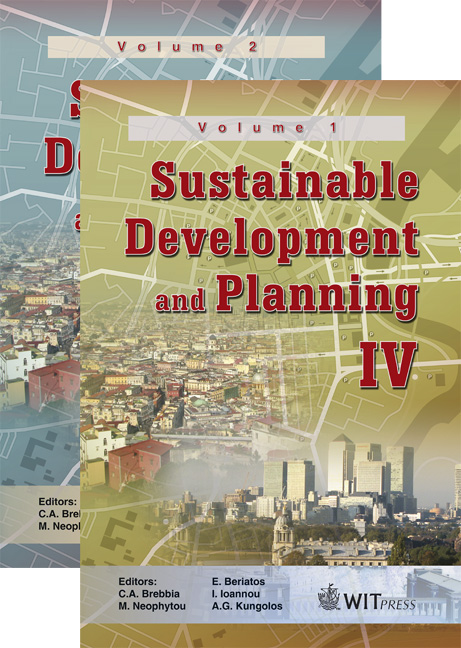The Essence Of Dead Cattle Organs In Producing Biogas – A Sustainable Solution To The Energy Problem In Rural Areas In Bangladesh And Other Developing Countries
Price
Free (open access)
Transaction
Volume
120
Pages
11
Page Range
759 - 769
Published
2009
Size
241 kb
Paper DOI
10.2495/SDP090702
Copyright
WIT Press
Author(s)
A. Jamil & M. E. Jamil
Abstract
In recent years, the energy crisis has become an acute problem for the whole world. Simultaneously, environmental degradation regarding energy use and sustainability has become a growing concern. In almost every country the current trend of energy use is utilizing natural resources, such as coal, gas and oil. Some developed countries practice nuclear energy and other renewable alternative energy resources. Among those renewable sources, biogas, hydro electricity, solar PVs, wind energy and tidal waves contribute the major share. Commonly, biogas is generated from biomass, wood fuel, agricultural residues, municipal waste, etc, which causes some environmental deprivation. These side effects lead scientists to look for new input materials that would be risk free. Scientists in Sweden introduced dead cattle organs as a new raw material to produce biogas. This article focuses on adopting the new raw materials for under developed countries, their availability and potentiality in sustainable development. Bangladesh has been focused on in this article as the role model of an under developed country. After thorough examination of some statistical data, this paper recommends that dead cattle organs are available in Bangladesh and at the same time discusses sustainable development utilizing this new resource. Other developing and developed countries that have high livestock populations can also utilize this prolific resource for sustainable development. Keywords: alternative energy, availability, Bangladesh, biogas, cattle organs, energy sector, raw material, sustainable development.
Keywords
alternative energy, availability, Bangladesh, biogas, cattle organs, energy sector, raw material, sustainable development.





